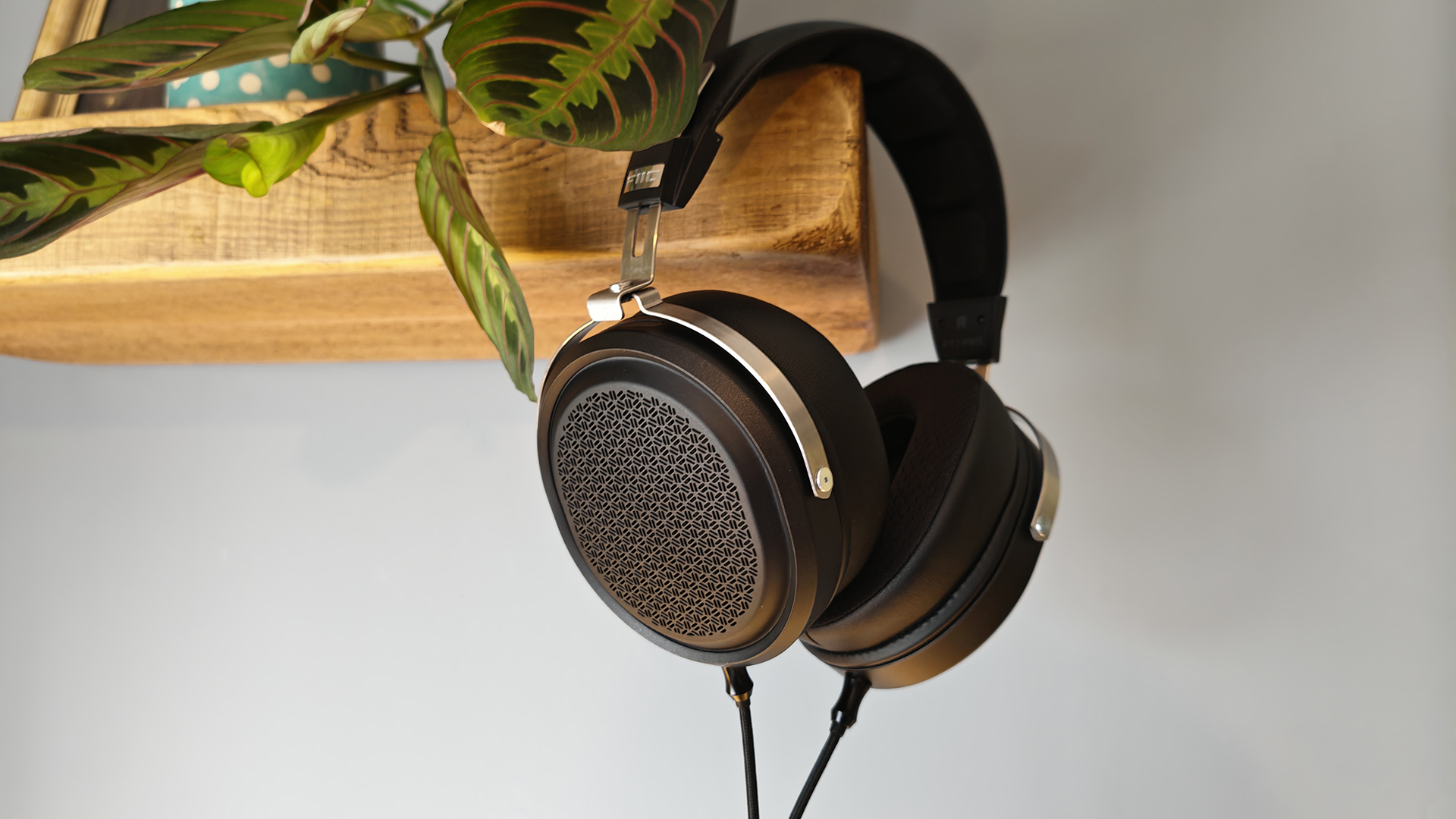"Chasing trends gets you nowhere”: the secret to standout branding with BUCK’s Ben Langsfeld
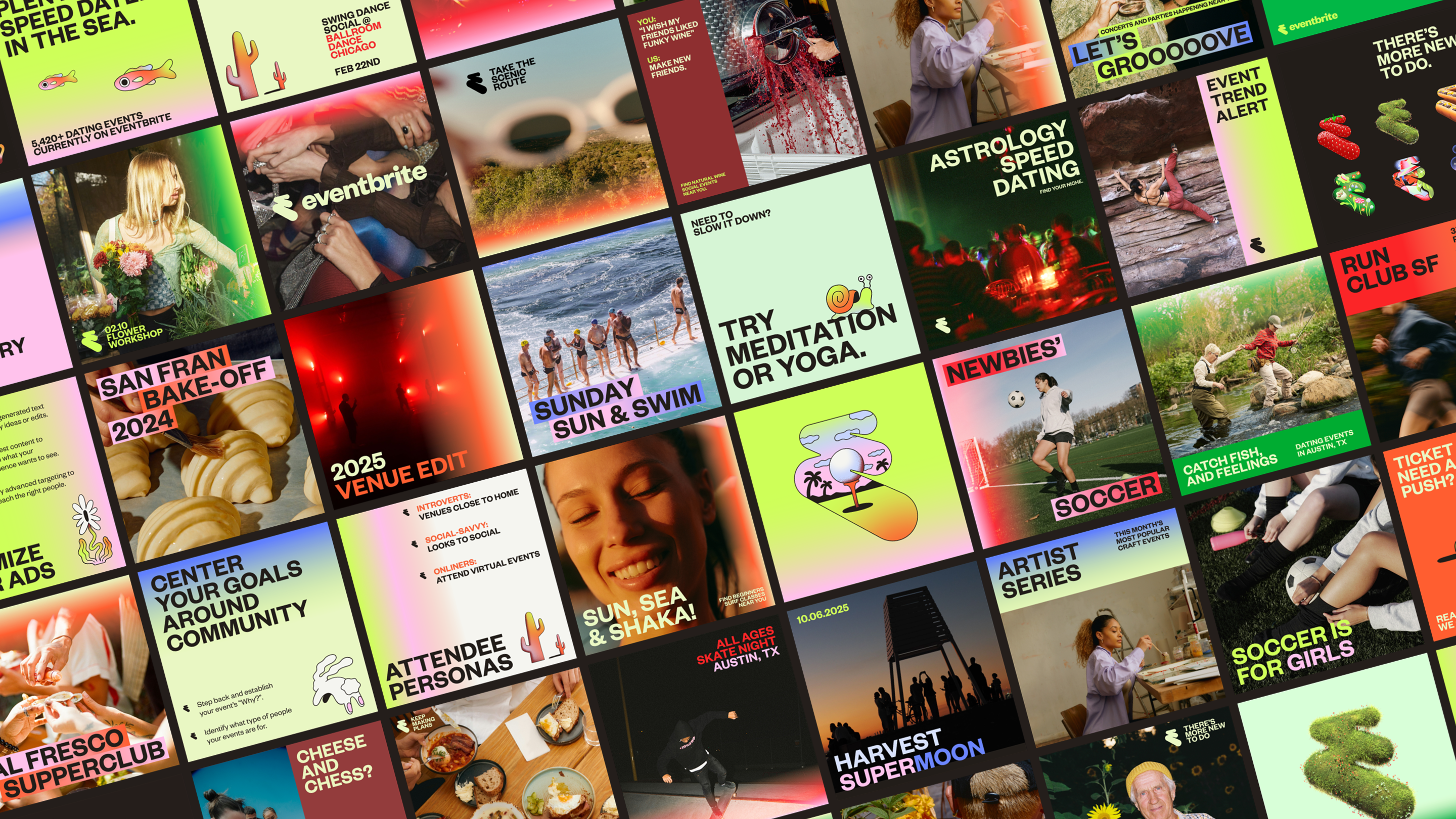
Ben Langsfeld is chief design officer at BUCK, a global creative company merging art, design, and technology to bring brands to life. Shaped by visual storytelling, Ben works in a variety of disciplines to push the boundaries of creative innovation. Across his career, he has worked with iconic brands such as BBC, Pepsi, Apple and Google, alongside guest lecturing at D&AD and Future London Academy’s Future of Branding.
Ahead of the Brand Impact Awards, I caught up with Ben to discuss life at BUCK, lifting the curtain to discover what goes into creating standout branding. Diving into some of Ben's recent projects, we uncovered the value of fresh thinking and the importance of the finer details when it comes to building iconic brands.

Why are details important in the craft of design and branding?
Details signal genuine care and concern for the people experiencing your work. Details are how brands build worlds that feel authentic and worth exploring.
Design is how brands demonstrate they understand, listen, and provide real value to their customers. The details in design create the texture that makes experiences feel real rather than manufactured. Like any well-crafted product—furniture, magazine, website—it's the small things that transform functional interactions into moments of genuine connection and wonder.
Can you give me an example where you think details have made a difference to brand or campaign outcomes?
Airbnb is a perfect example. Their app creates almost no friction between browsing and booking—every interaction feels effortless. When you see those same familiar visual signals across their billboards and commercials, there's an immediate sense of trust and belonging that makes you identify with the brand and its values.
Compare that to booking a typical hotel: multiple websites—their own and third-party booking sites, multiple rates, different room categories, add-ons, member or exclusive discounts or perks. It gets confusing fast. Airbnb's attention to detail removes that cognitive load entirely.

Tell me more about your project for Airbnb
BUCK’s recent work for Airbnb, launching Airbnb Experiences, is an example of something we're seeing as essential to effective brand building: the ability to create a world full of wonder that positions your brand as a portal to experiences people genuinely crave.
For this campaign, we created an animated sequence featuring ramen-making with an award-winning chef. The research revealed that people don't just want access to activities, they want to discover worlds that exist beyond the usual paths. The ramen scene works because it represents authentic craftsmanship and cultural engagement in a way that feels both aspirational and achievable.
The animation style lets us build an enchanting world rather than just show a service. We're positioning Airbnb not as another booking platform, but as a gateway to local mastery and hands-on cultural experiences. It's the difference between selling transactions and selling transformation.
How did you create that ramen?
Hah! I love that shot too. We discovered that people are hungry for access to authentic craftsmanship and local expertise. The ramen scene works because it represents something universal: the desire to go beyond surface-level tourism and engage with real skill and tradition. The key insight was positioning these experiences as portals to wonder.
Every element was tuned to evoke care and competency
But I can't take credit for the execution—that's all our team of incredible artists. Here's what BUCK’s 3D Lead, Kien Hoang, had to say about it:
"The ramen shot was one of those deceptively simple challenges. To get it right, we studied real bowls obsessively—how broth clings to noodles, how translucent perfectly cooked noodles should be, and how oil catches light. BUCK’s LA studio is in the heart of Little Tokyo, so grabbing a real reference was as easy as stepping out the door.
But it wasn't just about getting the look right—it was about making every detail feel considered. We spent time choreographing how the noodles drape from the chopsticks, how they fold back into the bowl with weight and rhythm. Every element was tuned to evoke care and competency—the things that quietly build trust with the viewer. The goal wasn't photorealism—it was to make something that felt delicious, intentional, and full of life. We used Maya for layout, Houdini for the noodle and broth sims, and V-Ray for rendering."
That's exactly what I mean about putting craft front and centre. Most brands would shy away from a close-up ramen shot as their flagship moment, but when you execute with that level of care and intention, specificity becomes your strength.
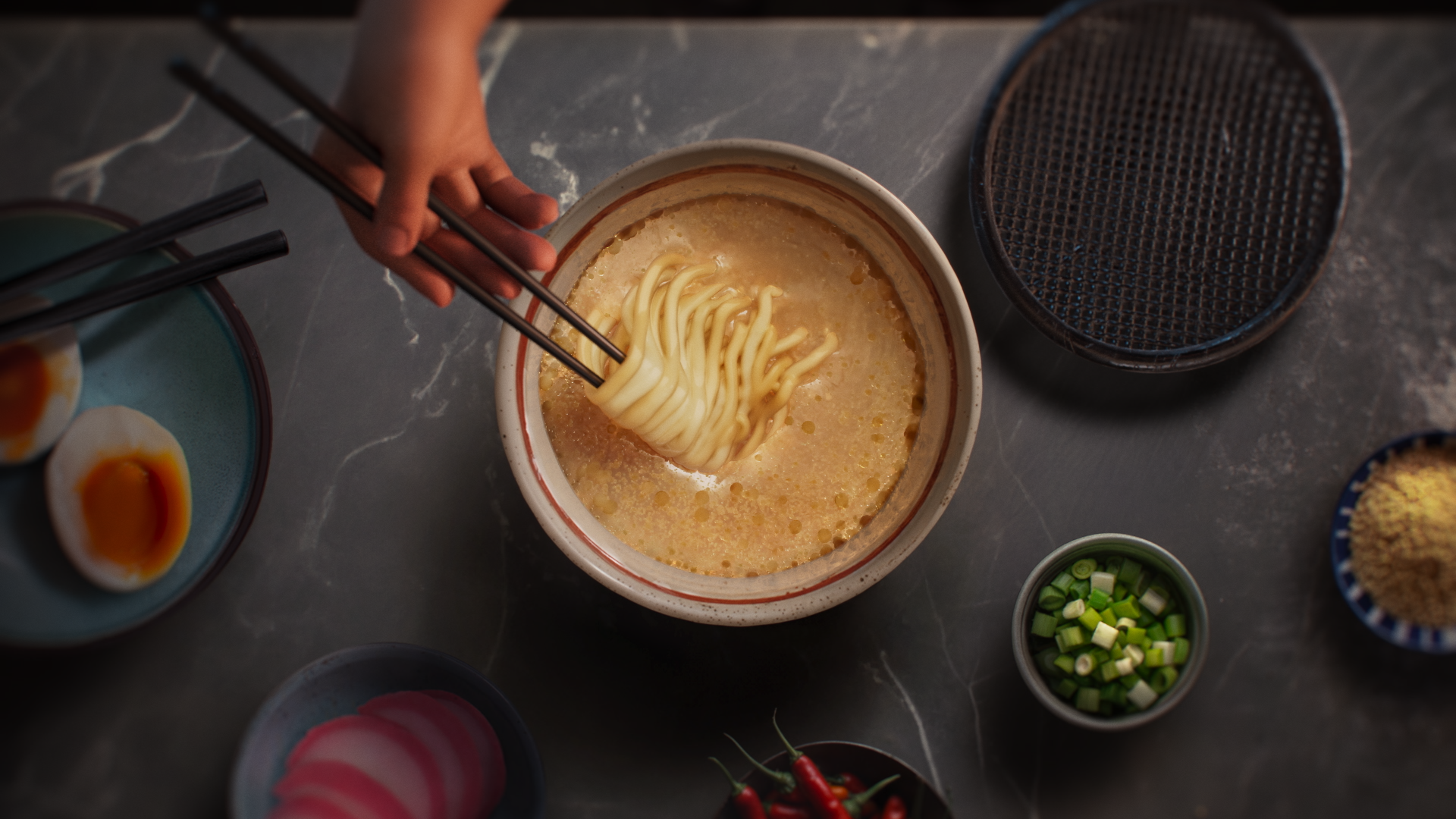
Do you think it's better to take a unique or trend-based approach to branding?
Chasing trends gets you nowhere. You can draw inspiration from emerging visual languages, but original thinking and distinct choices are required for design to feel unique and create genuine differentiation.
The problem is everyone's looking in the same places for answers—studying the same competitors, analysing the same industry patterns. We've developed a systematic cross-domain research approach: Cultural, Psychological, Behavioural, adjacent industries. The breakthrough insights come from intersections where no one else is looking.
I advise my teams and partners to look for universal truths with real roots within the brand itself; legacy, history, nostalgia, craftsmanship details that create insights and build authentic architecture. Then we use cross-domain thinking to unlock fresh perspectives on those truths. Netflix didn't study television—they applied gaming psychology to entertainment. Uber didn't improve taxis—they created a new model borrowed from luxury hospitality.
The goal is creating worlds that feel distinctive and worth exploring, places people want to discover rather than just recognise.
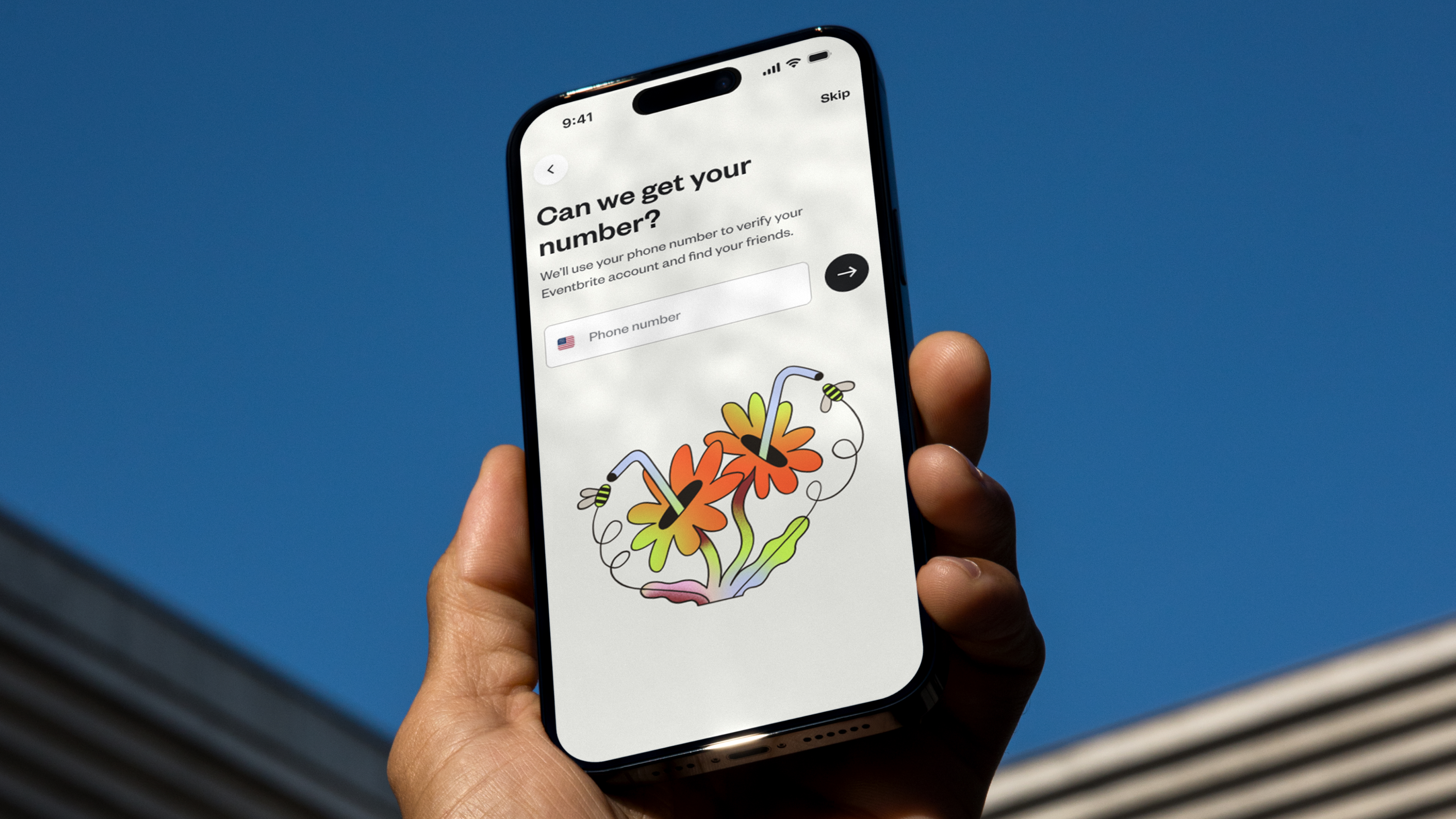
Do consumers really notice details? Does it matter if they only do subconsciously?
Absolutely. Look at Apple's iOS dominance—there's incredible detail and quality in every pixel, creating loyal customers who can't imagine switching. But the bigger pattern is how details create worlds worth inhabiting.
Details don't just bring comfort—they build the texture that makes experiences feel authentic and worth exploring. They're signals that there's genuine care and deeper meaning behind what you're encountering.
It's like discovering a carefully curated space—when you notice thoughtful touches, you sense there's a whole world of intention behind them. That's design's role: creating portals to wonder that people want to step through, not just functional interactions they need to complete.
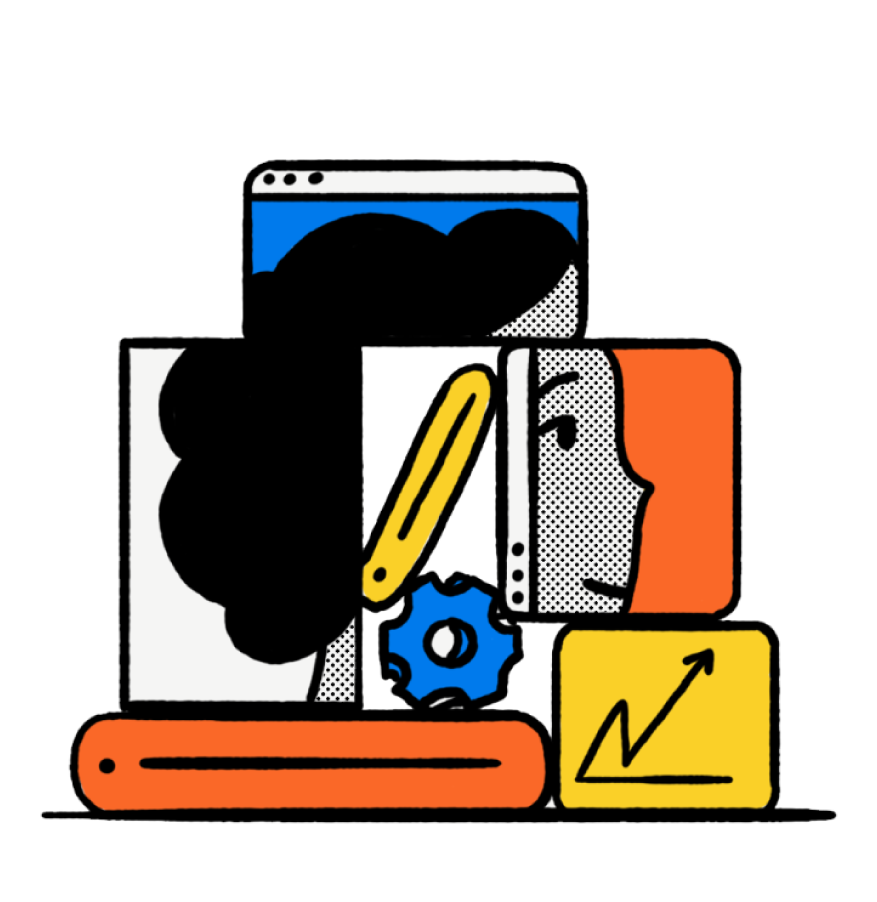
How does good design make life better?
Good design makes life better by making better choices feel obvious. The best designers spot patterns in human behaviour that make complex things feel effortless—how people actually move through spaces, what creates trust, where friction lives.
In a world of infinite possibilities, the real skill is knowing which details matter and which don't. Great design eliminates the cognitive load of bad decisions. It guides you toward what you actually want without you having to think about it.
What's your design pet peeve?
My biggest design pet peeve? ChatGPT killing the em dash. It turns every beautiful—carefully considered—thoughtfully placed—em dash into boring parentheses or commas. The em dash has rhythm—pause—emphasis—it's a typographic tool with real personality that gets steamrolled by algorithmic efficiency. RIP my beloved em dash.
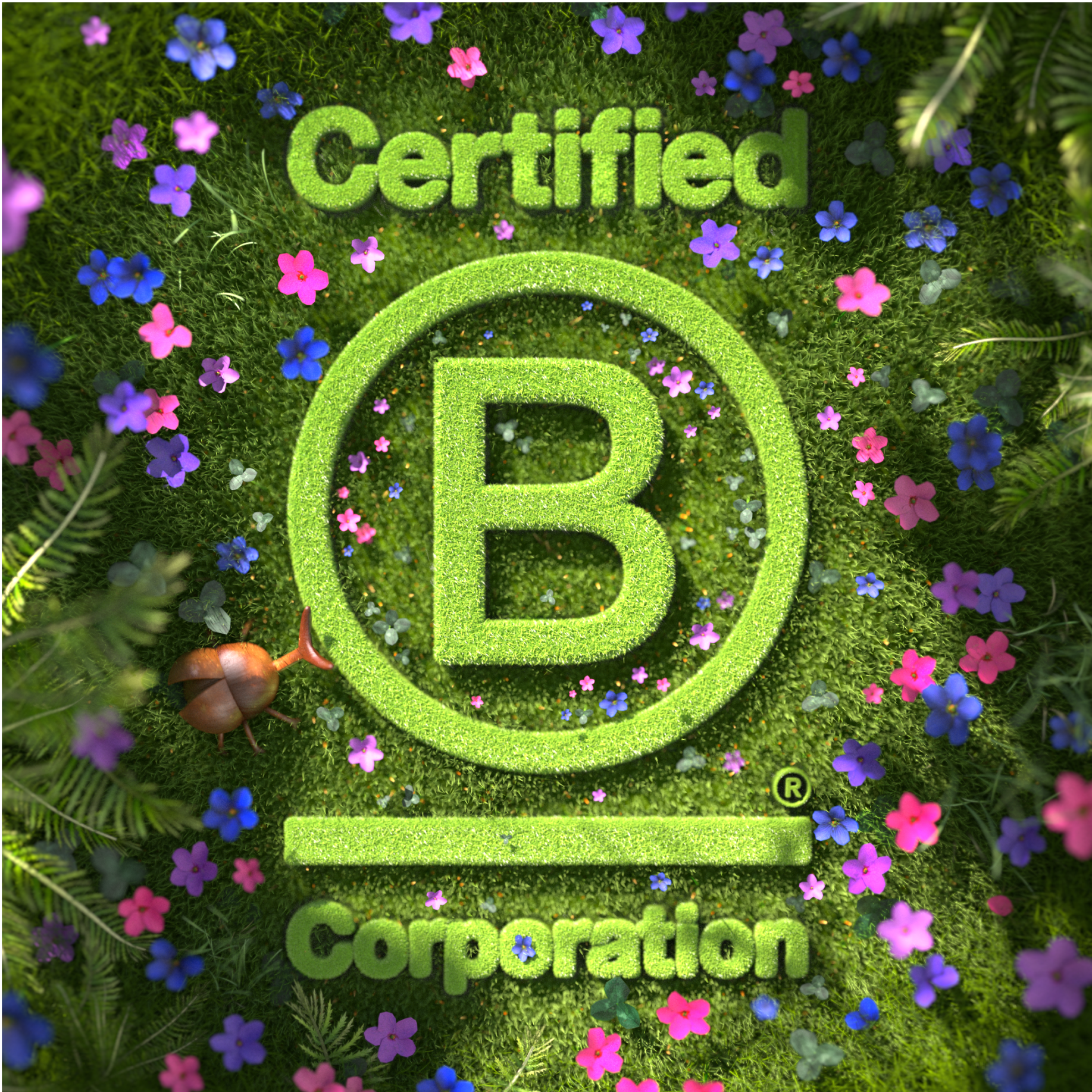
How does being a B Corp-certified creative company influence BUCK?
The most telling thing about BUCK receiving B Corp certification? When we asked who wanted to create a version of our B Corp logo, the response was overwhelming (completely voluntary, completely authentic).
B Corp certification isn't just a badge of pride or policy changes—it's become bottom-up creative inspiration that shows what our culture actually values.
One person captured it perfectly: “It's the embodiment of the values we've always held to treat each other and our planet the way we want to be treated.” Another BUCKer talked about how “we're all together in the same direction,” while someone else reflected on how “we're meant to co-exist... to make the world a better place.”
Daily design news, reviews, how-tos and more, as picked by the editors.
When your team voluntarily creates something meaningful and speaks authentically about your purpose, you know B Corp values aren't just changing business decisions—they've become part of how people define their work and identity.
We've noticed significant shifts since certification. We take ESG commitments more seriously. There are certain client sectors we simply won't work with anymore, and we create impact reports that scrutinise everything we do.
But this creative response reveals something deeper. B Corp certification isn't just a badge of pride or policy changes—it's become bottom-up creative inspiration that shows what our culture actually values.
The B Corp community is close-knit, and we've had great discussions with other certified companies about future collaborations.
How do you envision BUCK evolving over the next five years?
As we've grown, we've developed multiple business models. We operate simultaneously as a super-premium production company, a brand and design studio, and a product visioning consultancy.
But the bigger evolution is positioning ourselves between strategy and craft—the only two things that really matter anymore. We're focused on helping our partners build creative confidence and judgment in the AI era.
Instead of just making great work, we're becoming the team that helps you see opportunities before your competitors do. We've become experts at spotting patterns across completely different industries. What's working in gaming that could transform healthcare? What luxury brands understand about desire that B2B companies are missing?
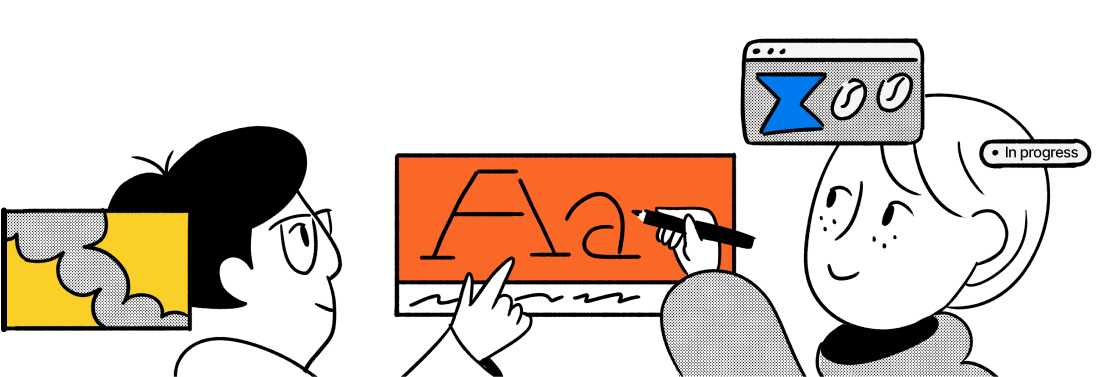
Every project teaches us something new, and that knowledge makes us better at the next one. We're building on 21 years of pattern recognition.
We've also built a reputation of pioneering new techniques and novel storytelling practices. In a world where things are getting recycled so quickly, we'll continue pushing forward (exploring new ways to communicate on the surfaces of today and tomorrow). That experimental edge, combined with strategic thinking, is what keeps work feeling fresh.
We’re part of Residence, a network of like-minded companies operating in different creative spheres. The network is becoming more visible to clients, letting us service them in ways we never imagined before. We're an ultra-curious bunch, always looking for new avenues to express our design skills.
The real opportunity is that creative generation is getting easier, but creative judgment is becoming more valuable. We're not just reacting to what clients ask for—we're helping them discover possibilities they didn't know existed and make better decisions when it matters most.

Natalie Fear is Creative Bloq's staff writer. With an eye for trending topics and a passion for internet culture, she brings you the latest in art and design news. Natalie also runs Creative Bloq’s Day in the Life series, spotlighting diverse talent across the creative industries. Outside of work, she loves all things literature and music (although she’s partial to a spot of TikTok brain rot).
You must confirm your public display name before commenting
Please logout and then login again, you will then be prompted to enter your display name.


